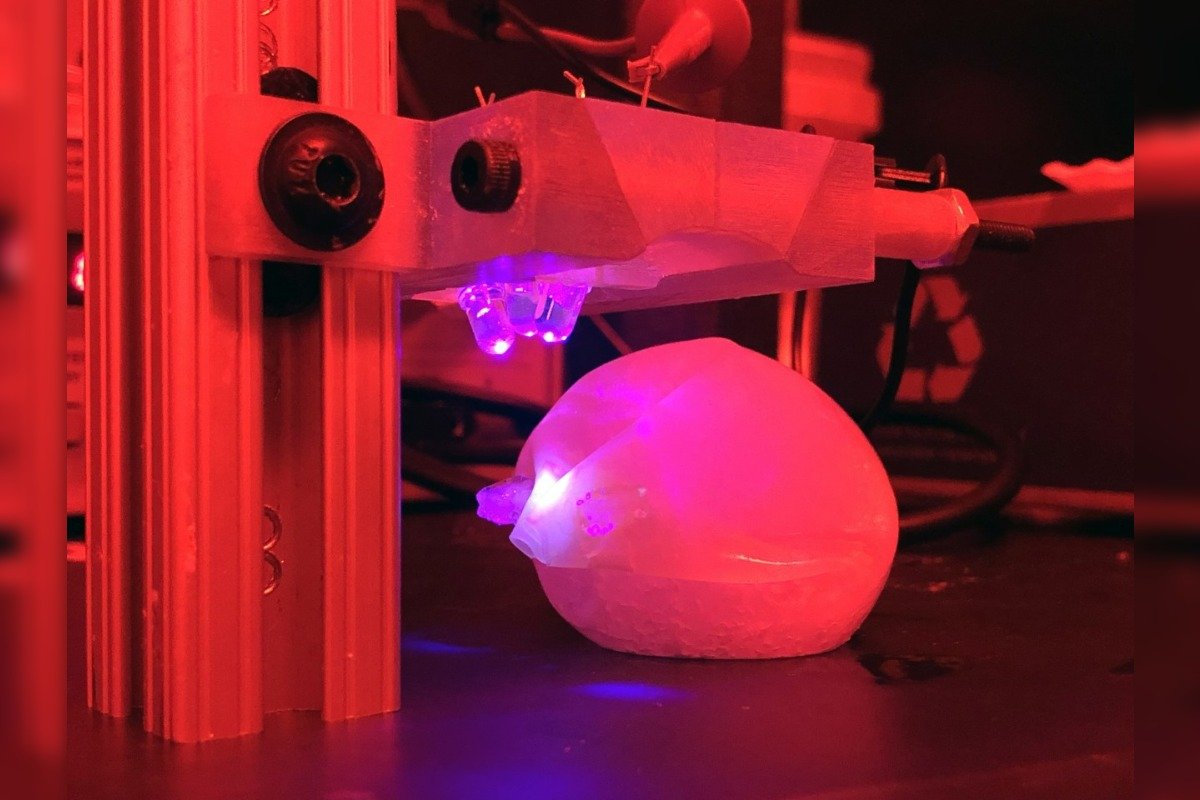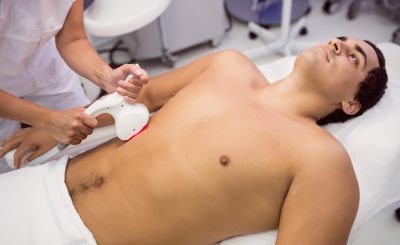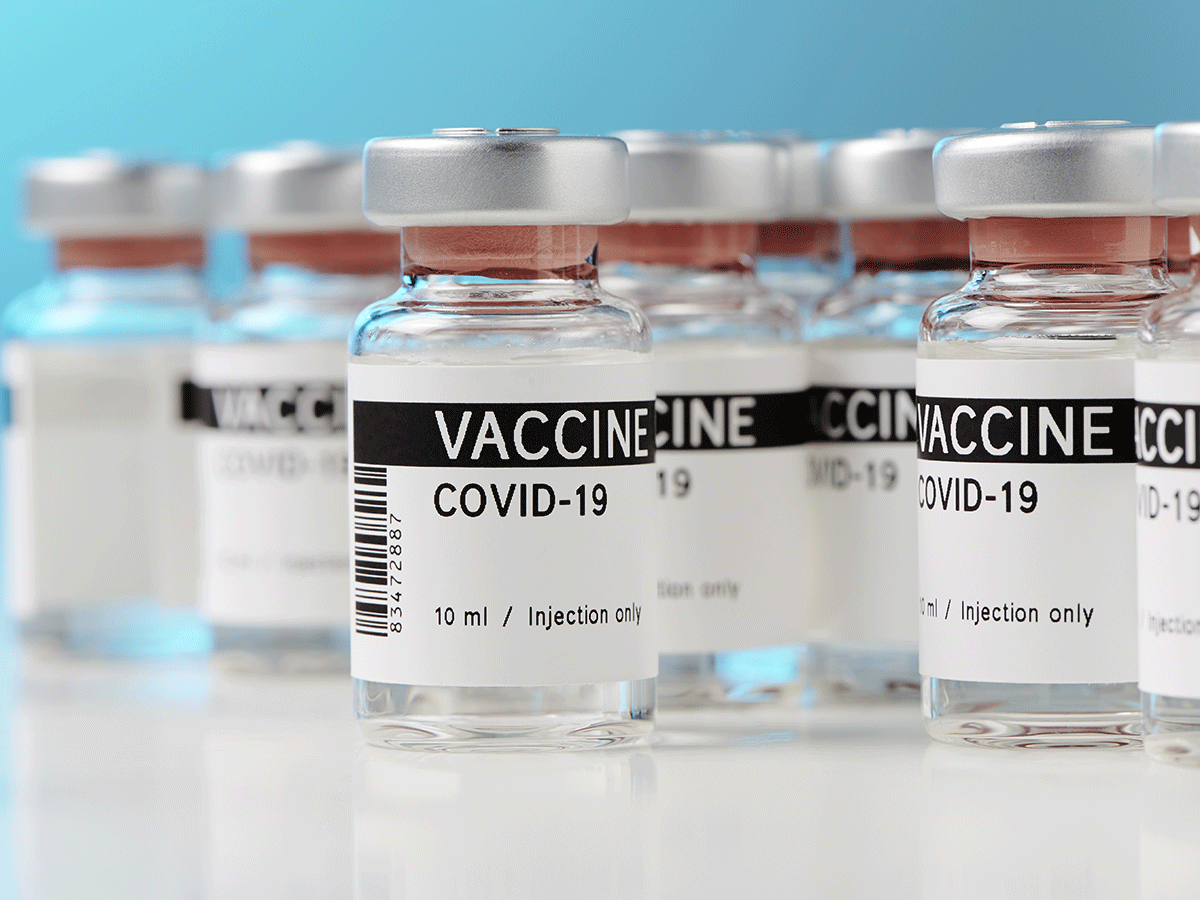In a path-breaking research, the scientists at MIT have developed a technology that breaks down the ingested medical devices on exposure to light. The new technology thereby helps eliminate the endoscopic procedures that are employed to remove the ingested medical devices after a certain period. In this procedure, the patients only needed to swallow the ingestible LED light. Upon exposure to the LED light, the ingestible medical devices built with light-sensitive hydrogel break down into biological components and can be passed down. The research study is published in the Journal of Science Advances.
MIT’s Light-Sensitive Hydrogel Breaks on Exposure to Light
There are certain instances where medical devices are ingested for the investigation/treatment of disorders. Take the case of bariatric patients, wherein they are injected with a bariatric balloon filled with saline and are allowed to reside in the Gastrointestinal tract for a period of six to twelve months. The bariatric balloon serves to reduce the appetite of the patients. After the set time period, it is then removed by the endoscopic procedure. Another instance is the Esophageal stunt, which is injected to patients who have Cancer
In the current research, scientists prepared a light-sensitive Hydrogel made of chemical bonds that can be broken down upon exposure to light. The hydrogel includes a second layer of bonding with Polyacrylamide to make it more durable. However, it can be easily broken down upon exposure to light of certain wavelengths. As part of the experimental study, the researchers tested it as a seal for the bariatric balloon and ingested into the pig and inflated. They then placed a small ingested blue LED light inside the pig stomach for about six hours. Upon exposure to the blue light, the bariatric balloon deflated into small biological components. The researchers also noted that by exposing the bariatric balloon to higher wavelengths of light, they are able to deflate it in just 30 minutes. It then passes through the digestive tract and is sent out through excretion. They also successfully tested the hydrogen for the esophageal stent and got similar results.
Also Read: Google’s Deepmind AI Detects Breast Cancer More Accurately than Humans
The lead authors of the study are Ritu Raman and Robert Langer Koch Institute, and Giovani Traverso from Massachusetts Institute of Technology (MIT).







